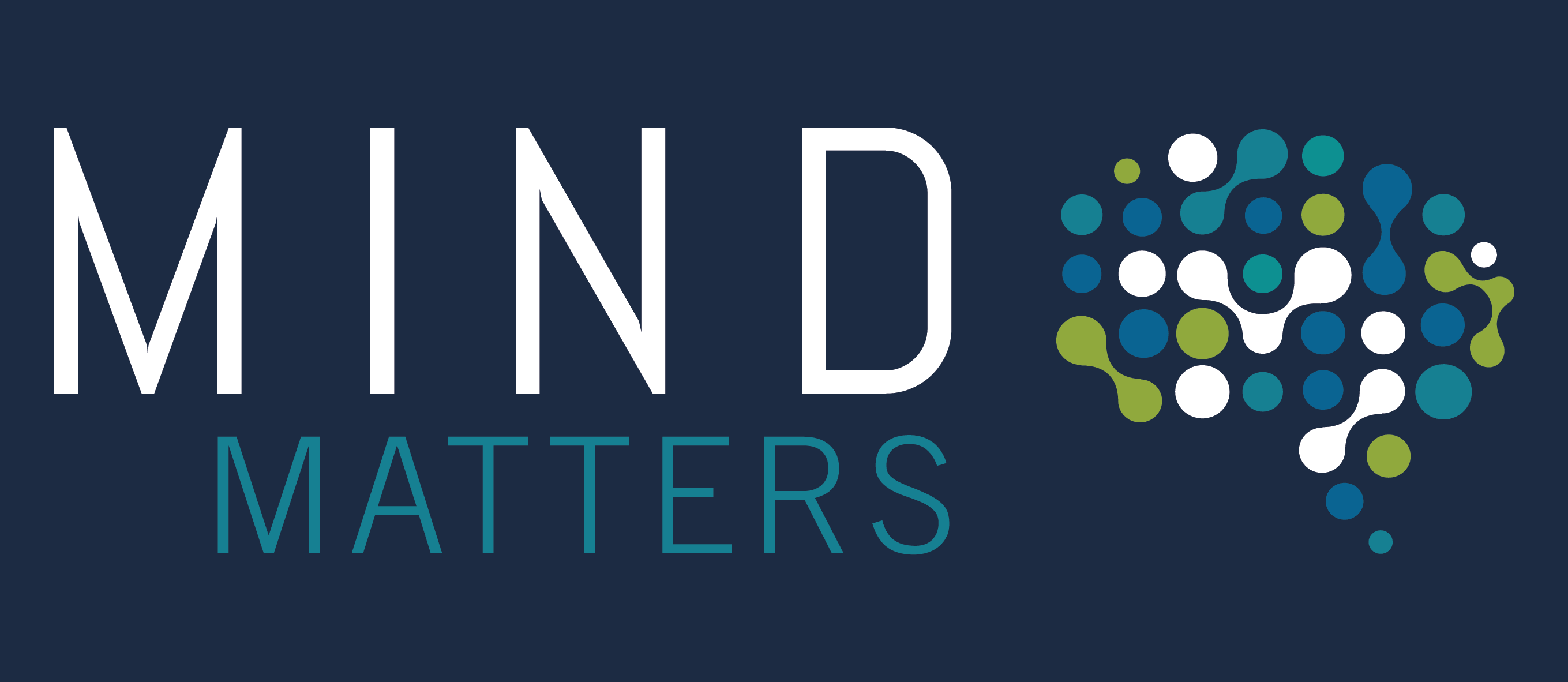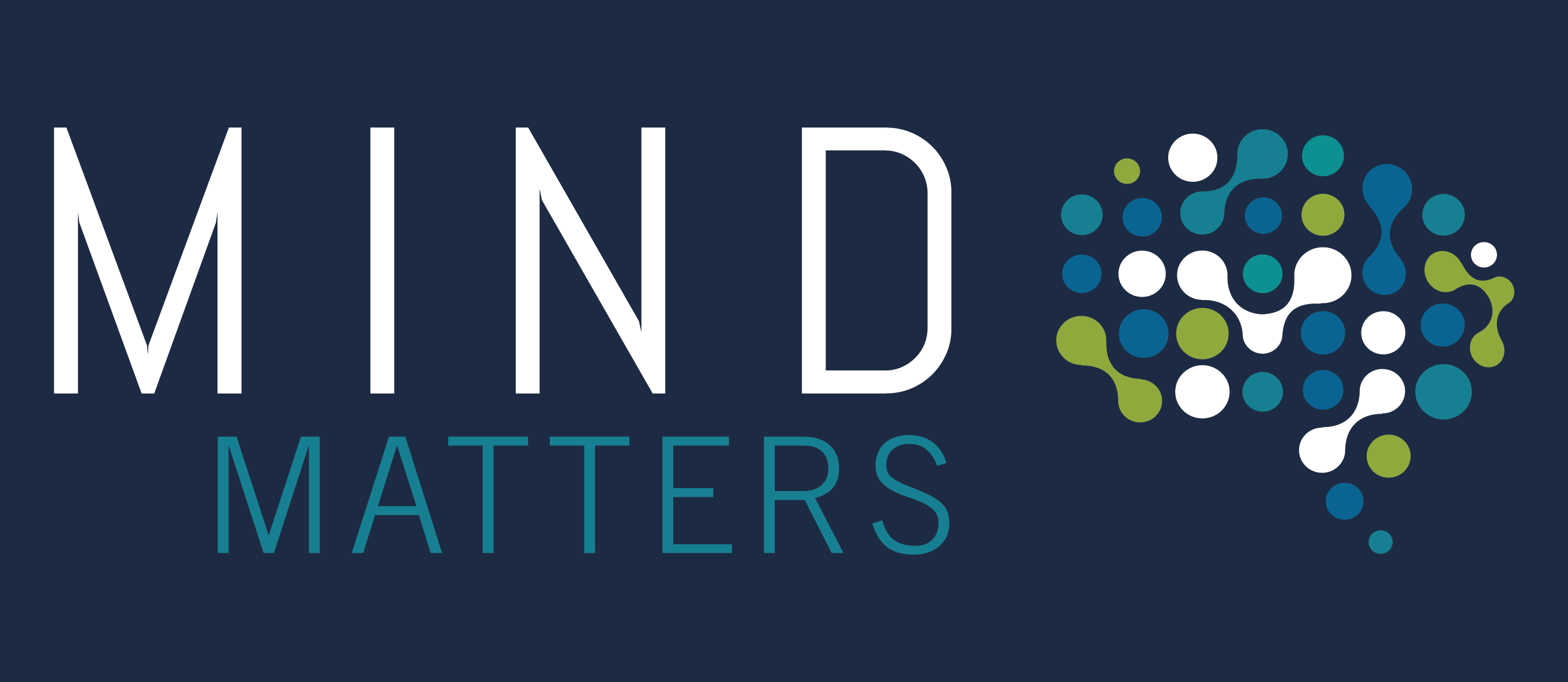

Building Resilience: What 9 weeks taught me about responding, rather than reacting
Building Resilience:
What 9 weeks taught me about responding, rather than reacting
BY: DR. MERET CEPERO MALO | February 19, 2024
Do you remember the last time you had to decide between a fun activity and keeping a promise to yourself? I do. Just a few days ago, I found myself at a social gathering – it involved delicious food, board games, and a lot of laughter. Mingling with different friends, (and meeting new people, even) proved to be immensely enjoyable and completely erased my awareness of time. At some point, a glance at my watch reminded me that if I wanted to start the next day early and get through my workload as planned, I had to leave now. Disappointed, some of my friends asked me to stay a little longer. Typically, I would have resigned myself to the fact that the next day might be a bit more stressful or demanding and dealt with the consequences later. This time, however, I surprised myself.
Instead of giving in to my FOMO (fear of missing out) or my people-pleasing tendencies, I acknowledged my emotions, calmly communicated why I couldn’t stay, and left the party. And you know what? Even though I felt slightly awkward “just leaving like that”, it ended up being the better decision, and none of my friends were actually mad at me. It might seem like a small victory, but consciously overwriting old patterns as they unfold is a monumental achievement. I will also go out on a limb here and say that I’m pretty sure the Mind Matter’s 9-week Resilience Training for Researchers had something to do with my response at that moment.
Although the course ended a few weeks ago, it is the gift that keeps on giving, as I am still learning to evaluate, modify, and change my behavioral patterns – one day at a time. Therefore, in today’s blog post (the final article of this series), I want to review the key takeaways from each week of the training and share a personal account of what 9 weeks taught me about responding, rather than reacting to challenging situations. As you will see, each week of the program was different, but each week contained valuable lessons on how measuring and building our resilience can equip us for a calmer journey at sea, as the captain of our sailboat.
Tackling the Mental Health Crisis
In the first week, we began the resilience training by confronting the stark realities of the mental health crisis in academia. Given that the course is specifically tailored to researchers and the less-than-optimal working conditions they often face, we unraveled the detrimental effects of presenteeism, absenteeism, and the increased likelihood of experiencing anxiety or depression as a grad student. Next, we established that one of the best ways to start addressing the mental health crisis in academia (and elsewhere, of course), is to measure resilience with instruments like the Personal Resilience Indicator (PRI). This scientifically validated psychometric tool, developed by Dr. Nadine Sinclair and Paul Sinclair, assesses resilience across six key domains: Health, Purpose, Problem Solving, Perseverance, Composure, and Relationships. In a personal interview, Nadine and I discussed how the PRI and the resilience training offer a roadmap to enhancing individual, team, and organizational resilience through targeted interventions and exercises.
Napping For Resilience
In week 2, we woke up to the fact that sleep isn’t merely a minor health consideration, but the cornerstone of our well-being. Examining the vital role of sleep, we found that even minimal sleep deprivation can lead to significant health complications. We also learned about the internal clock in our brains (the suprachiasmatic nucleus) and how light exposure helps regulate our circadian rhythm and sleep-wake cycles. Subsequently, we explored the benefits of a science-based nighttime routine, emphasizing the importance of sleep metrics like regularity, efficiency, debt, and quality. Nadine and Paul recommended the bedroom audit as a technique to evaluate our respective sleep environments for the quality of the light, sound, temperature, and air they provide. Overall, this week taught us that by integrating evidence-based practices into our nightly routines, we can achieve deeper sleep, increase our resilience, and improve our overall health.
Diving to the Core
During the third week of the resilience training, we took a diving excursion into our subconscious minds and examined the different types of core beliefs that can bubble up to the surface when we’re triggered. Because they often develop during our formative years, our core beliefs can influence our internal narratives, emotions, and behaviors without us actively being aware of them. In the workshop, Paul and Nadine introduced us to the ABCDE model, a powerful tool for spotting and dismantling negative core beliefs, ultimately fostering a more constructive mindset. Through exercises and group discussions, we identified activating events, challenged our beliefs, learned to reframe our interpretations of those events, and paved the way for a more responsive approach to life’s challenges. Importantly, the lessons about core beliefs set the foundation for the following week of the resilience training.
Keeping It Cool
Taking it one step further, in week 4 we learned about the art of composure. If I had to pick one key takeaway from that week, it would be that composure is not about suppressing our emotions, but about actively working with them in the moment. Maladaptive coping strategies like bottling or rumination can lead to a constant activation of the body’s stress response (i.e. prolonged cortisol elevation) and result in adverse health effects. In the workshop, Nadine and Paul showed us that composure involves stretching the space between stimulus and response – an approach that allows individuals to choose their most authentic response to a situation. Impactful ways to practice composure can include growing our emotional literacy, being present with our emotions, and using our emotional agility to constructively work with our feelings.
Another concept we explored in week 4 was cognitive distortions. Closely linked to core beliefs, these negative thought patterns can warp our perceptions of reality. In turn, cognitive distortions can magnify negative interpretations of events and hinder our emotional resilience. Next to addressing our cognitive distortions, deep breathing, mindfulness, and expressive writing can support us in fostering more composed and constructive reactions to challenging situations.
Arriving at Every Step
The fifth week revolved around purpose, which can be defined as a sense of direction, or a meaningful intention that holds significance for oneself and society. To help us discover our purpose, Paul and Nadine pointed us in the direction of intrinsic motivation. In contrast to extrinsic motivation (which relies on external validation and rewards), intrinsic motivation is driven by internal satisfaction and the joy we find in a process.
Generally, pursuing activities for their inherent value leads to enhanced learning, creativity, and psychological well-being. In the workshop, we learned that embracing tasks that spark joy and setting goals based on curiosity and desire, fosters a natural sense of purpose. Finally, framing every action as part of the destination helps us flow toward our goals and find meaning in the journey.
Going with the Flow
Did someone say flow? As a follow-on to our session on purpose, week 6 highlighted the benefits of flow experiences while problem-solving. Nadine and Paul explained that flow, a state of optimal performance and enjoyment, is characterized by complete immersion in a task. This immersion can even cause our sense of time (and our sense of self) to dissolve temporarily. Importantly, achieving flow requires a balance between challenge and skill, with activities that offer clear goals and immediate feedback being conducive to entering the so-called flow state.
In the workshop, we learned that regular engagement in flow experiences can lead to enhanced physical and mental health. Further, we were introduced to different strategies for cultivating flow. These include setting clear goals, choosing challenging tasks, minimizing distractions, and aligning activities with natural productivity peaks. Lastly, Paul and Nadine emphasized that flow is accessible to anyone and adaptable to any endeavor. The key lies not in the nature of the task itself, but in how it is approached. So, when faced with a challenge or complex problem, consider how you can make the task more engaging. Just like a river, allow yourself to flow naturally towards the desired outcome, rather than forcing it.
Fueling Perseverance
Week 7 of the resilience training focused on perseverance, or in other words – a strong determination in striving for a goal despite facing difficulties, or setbacks. Luckily for us, perseverance can be practiced. During the workshop, Paul and Nadine revealed that optimism plays a crucial role in fueling perseverance. More specifically, it can help us to consciously interpret challenging circumstances in a favorable light, thereby turning obstacles into opportunities for learning and growth. All that being said, it’s important to distinguish between positive psychology and toxic positivity. Unlike the latter, positive psychology involves acknowledging and feeling negative emotions first – and then redirecting our attention to the more positive aspects of a situation.
In navigating life’s challenges, it’s essential that we focus on what we can control. By concentrating on our sphere of influence (rather than our sphere of concern), we can tap into the strength of realistic optimism, boost our sense of self-efficacy, and make it through tough times while cultivating resilience. Perseverance, therefore, is fueled by a “cup half full” mentality, practicing gratitude, and choosing to grow from the setbacks we encounter along the way.
Learning to say “no”
In the eighth week of the training, Nadine and Paul focused on the impact that relationships can have on our resilience and overall well-being. While social bonds often offer support and a sense of belonging, they can also drain our emotional resources. The key to more sustainable relationships? You guessed it – boundaries.
Given that healthy boundaries involve a delicate balance between intimacy and self-protection, the workshop was centered around questions and approaches that could help us to recognize and communicate our limits. Watching out for signs of porous boundaries, such as people-pleasing or the neglect of our personal needs, is the first step in tuning in with a more authentic version of ourselves. Amongst other things, setting boundaries involves self-reflection, learning to say no, consistency, and patience.
Crucially, establishing clear boundaries is not a selfish act, but a necessary foundation for fostering more sustainable connections and preserving our mental and emotional well-being. By regularly (re-)assessing our boundaries, we can adapt to life’s circumstances while allowing our relationships to flourish and evolve with time.
Sailing Forward
As we steered our respective sailboats toward the “9-week finish line” of the course, most participants (myself included) felt like the end of the training marked the true beginning of their resilience journey. After having sailed through all sorts of weather conditions and collecting resilience tools as we moved along, it was now up to us to connect the dots.
In an attempt to weave a web of resilience factors that could catch us the next time we fell, many of us had started to make massive changes to our core beliefs, our sleep routines, and our general outlook on life (be that inside or outside a research lab). Importantly, building resilience takes time (and practice, lots of practice). Certainly, it is not something that can be tackled over a 2-day intensive course or a singular mental health workshop.
If there’s one thing I learned during the nine weeks with Nadine and Paul (and all the tutors from the resilience training), it’s that resilience is a way of traveling, not a destination. For me, the motivation behind maintaining the new habits I formed during the training was the anticipation of encountering a more authentic version of myself each morning. If we consider the sailboat metaphor (one last time, I promise!), building resilience enables you to keep your boat, the sails, your compass, and your map intact, as you navigate the ebbs and flows of life – all the while feeling calm, confident, and curious.
Related post
The Power of saying “no”: Building stronger relationships with Boundaries
A cup half full: how a positive outlook can fuel perseverance
Effortless Flow: a personal guide on how to create flow experiences


Dr. Meret Cepero Malo
Dr. Meret Cepero Malo is a writer turned neuroscientist, or a neuroscientist turned writer. While pursuing her Ph.D. in Cellular Neuroscience, she participated in ‘Fast Forward’, a 7-week project management course for researchers, eventually taking on a recurring tutoring role. Now, she has teamed up with Dr. Nadine Sinclair and Paul Sinclair from Mind Matters to offer readers a personal account of her experiences in the 9-week Resilience Training. Get ready to be captivated by her storytelling as she delves into the neurobiological foundations of resilience and shares actionable tips for readers on their own resilience journey.






